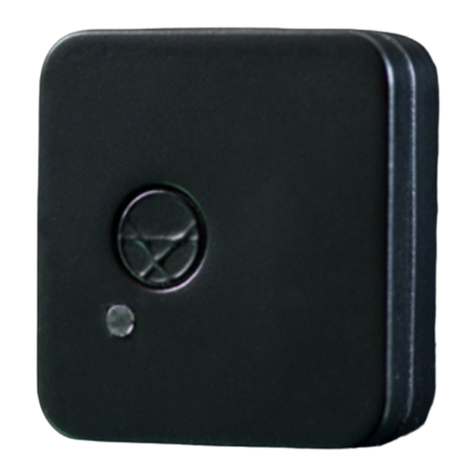
Getting started
4. Two blue blinks per second indicate that the device is visible
via Bluetooth. The device's Bluetooth name is Explore_XXXX.
The last four digits on the device's label are its Bluetooth ID.
5. Once a Bluetooth connection to the host machine has been
established (see Section: API), the Explore device will start
transferring data via Bluetooth. Use Explore's open-source
APIs to access impedance values, visualize the signal stream,
change device settings, and more.
6. Press the device button once to set a mark during the
recording. A pink LED signal indicates that a marker has been
set.
7. Turn off the device after use. To do so, hold the power button
for three seconds until the LED blinks red three times. Always
shut down the device before connecting it to USB.
6
Instructions
This table describes Explore's LED light codes:
LED color Blinking pattern Indicates
Red
Yellow
Green
At device startup,
about 3 sec
Startup in progress. The color indicates
the battery level
(green > 60%, yellow > 30%)
Blue Blinking 2x / sec Bluetooth visible and advertising
Blue Blinking 1x / sec Bluetooth visible and connected to host
machine. Online mode in progress
Green Blinking 1x / 3 sec Bluetooth is inactive. Ofine mode in
progress
Pink Blinking 1x / sec Not enough space in memory. Press the
button twice to free up space
Light pink One time ash Button has been pressed: a marker with
the timestamp corresponding to the
button event is stored and transmitted
Red Flash 3x Device shutting down
Connection
To pair your Explore device with a mobile or computer, use the
standard Bluetooth menu. Explore uses a Serial Prole Protocol
(SPP) to transfer raw data as soon as a Bluetooth connection is
established.
If the connection is lost, the device will revert to Bluetooth-visible
mode, which means it is ready to reconnect. Explore remains in
this state for four minutes. After this, it moves to ofine mode if
the device has internal memory, or else shuts down.
7



























